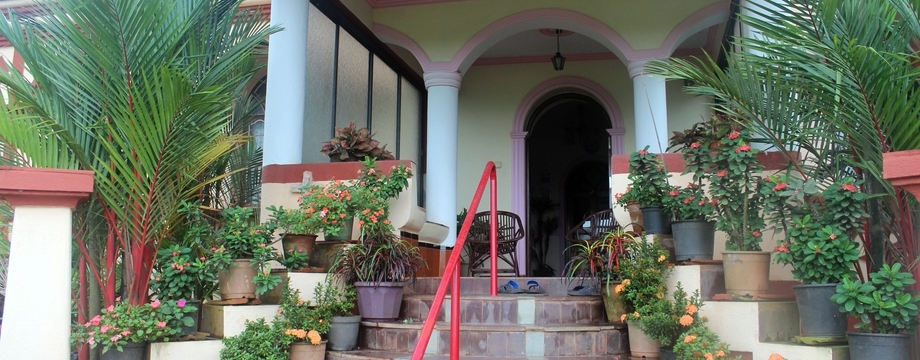Kalchi koddi
But such wasn’t the case in those days. Kalchi koddi owes its origin to the fact that in the olden days there were no refrigerators. So our ancestors used to cook and eat fresh food everyday. Either they had the time, or they would make the time, for cooking daily, which was therefore a major activity and perhaps the prime duty of a housewife. And the only way people could preserve their food was by warming it up, perhaps even twice a day.
Now if you go on warming up the curry, it is bound to dry up and get gradually reduced in quantity. Of course one could always prevent the drying up process by adding more water so as to retain its fluidity. But such a thing wasn’t usually done. Why?
People in those days were not used to having a heavy breakfast. And since they usually worked hard in the fields, they needed a second breakfast. That was called pez,
If you really want to get a taste of it, you have to make prawn curry in a kunddlem. Then enjoy it with rice and let the leftover curry simmer in the kunddlem1
1. Kunddlem is a flattish earthen pot, used for most of the Goan cooking, except rice, which is cooked in a taller earthenware vessel called buddkulo.


